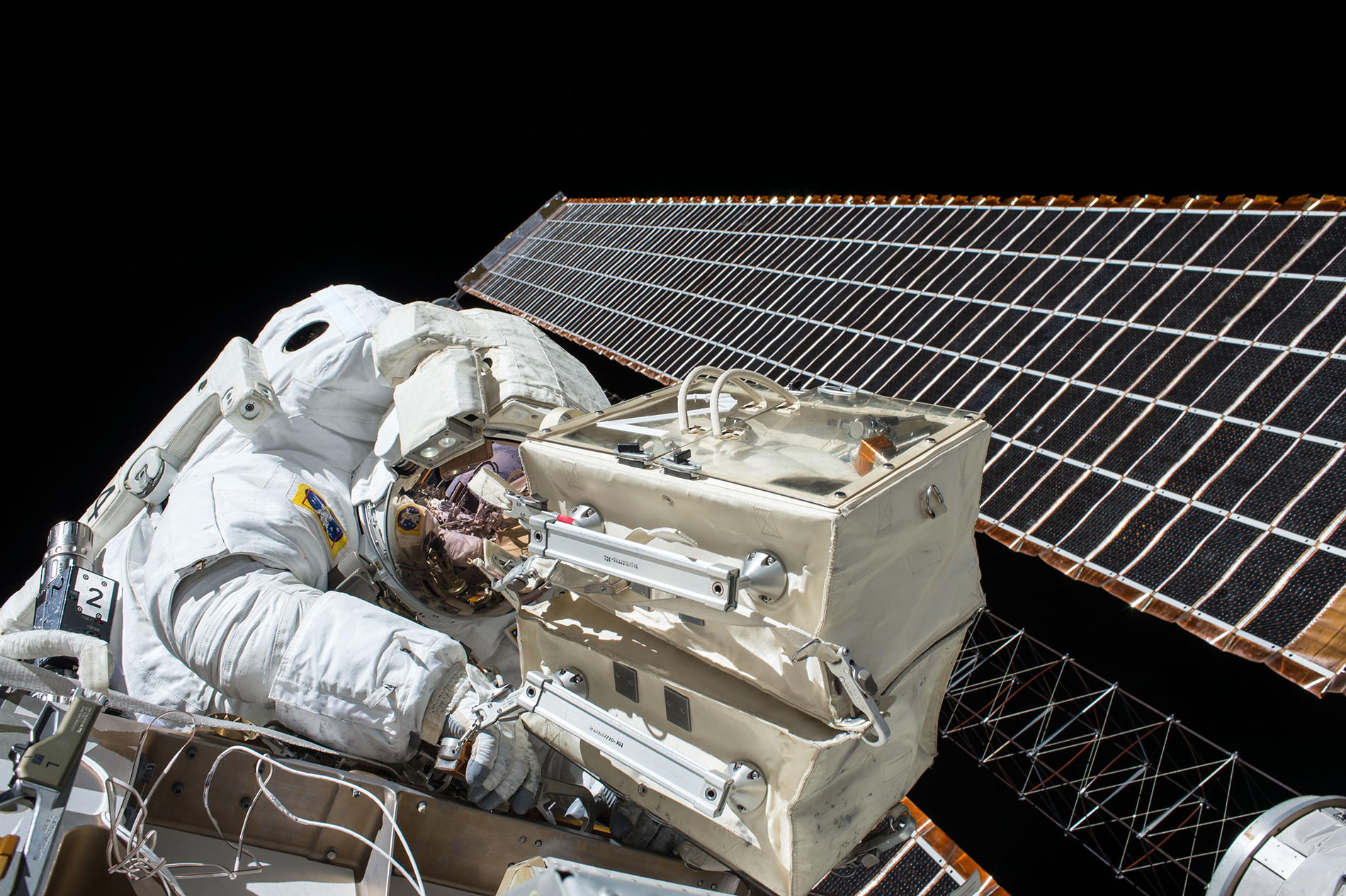I studied a PhD in Power Mechanical Engineering at the National Tsing Hua University in Taiwan. My thesis' name is, "Advanced Model Validation and Robust Power Management of Hybrid Green Energy Systems". The objective was to research a control strategy that consisted of very different power sources - fuel cells, Li-ion batteries and solar cells. However, the models I found were lacking for Li-ion batteries and solar cells.
For high power Li-ion batteries, I proposed and validated a model that predicts both the electrical and thermal behavior . For solar cells, I proposed a model that uses a current dependent model that can be readily used in power systems, as opposed to the voltage depended models that were available at the time .
Even though my objective was to propose a new control method for power converters, what I ended up doing was to predict their efficiency by taking into account the inner resistances of passive elements (diodes, capacitors, inductors), dead-time and either current or voltage set point. By doing this, we can input the datasheet values of the components of the power converter and output the converter's efficiency without actually building it. Isn't that cool? This is all in my thesis in NTHU, but I will try to make time and write my findings in this website.

I came to Taiwan to study a MSc in Mechanical Engineering. I worked on my thesis, "Numerical Analysis of Thermal Stresses for Precision Casting with Plastic Patterns", with Prof. Song-Hao Wang as my advisor. My focus was on studying if a certain inner support of a 3D printed part was going to crack the outer shell of an investment casting part when exposed to extreme temperature. 3D printing was pretty new back then, and mostly available in the form of big machines in a laboratory. Here, I learned to employ mechanical and thermally coupled finite element analysis techniques to predict the von mises stresses. I was encouraged to write a journal paper named, "A study of investment casting with plastic patterns" , which was published in 2010.
